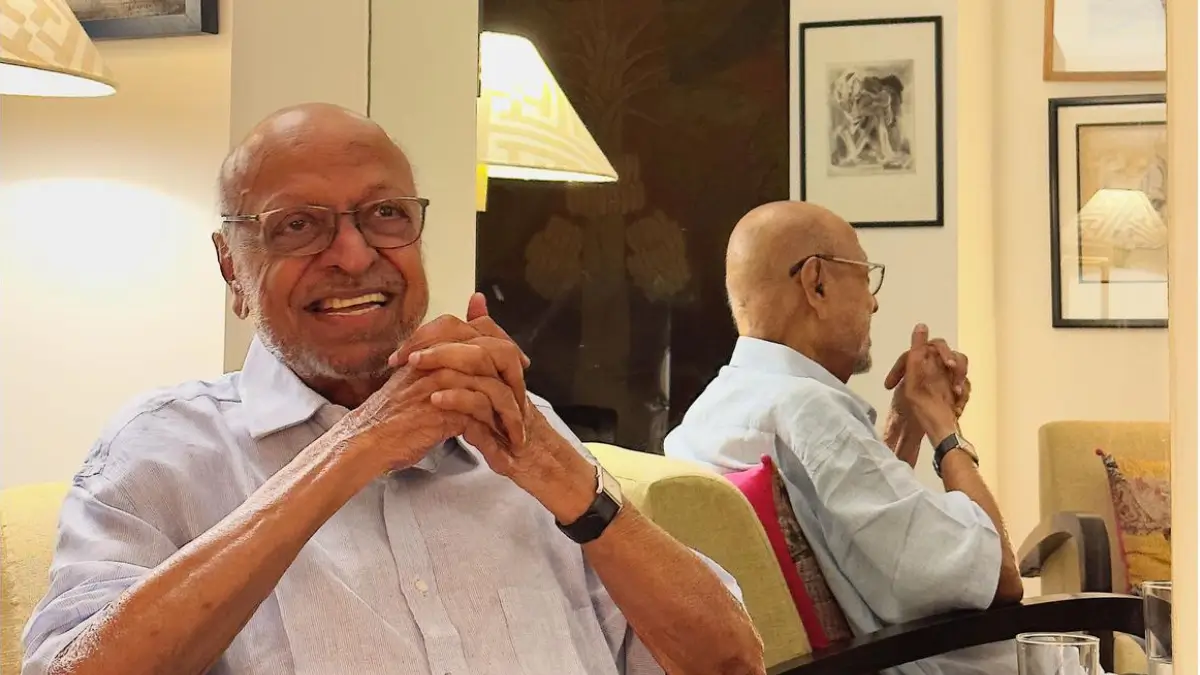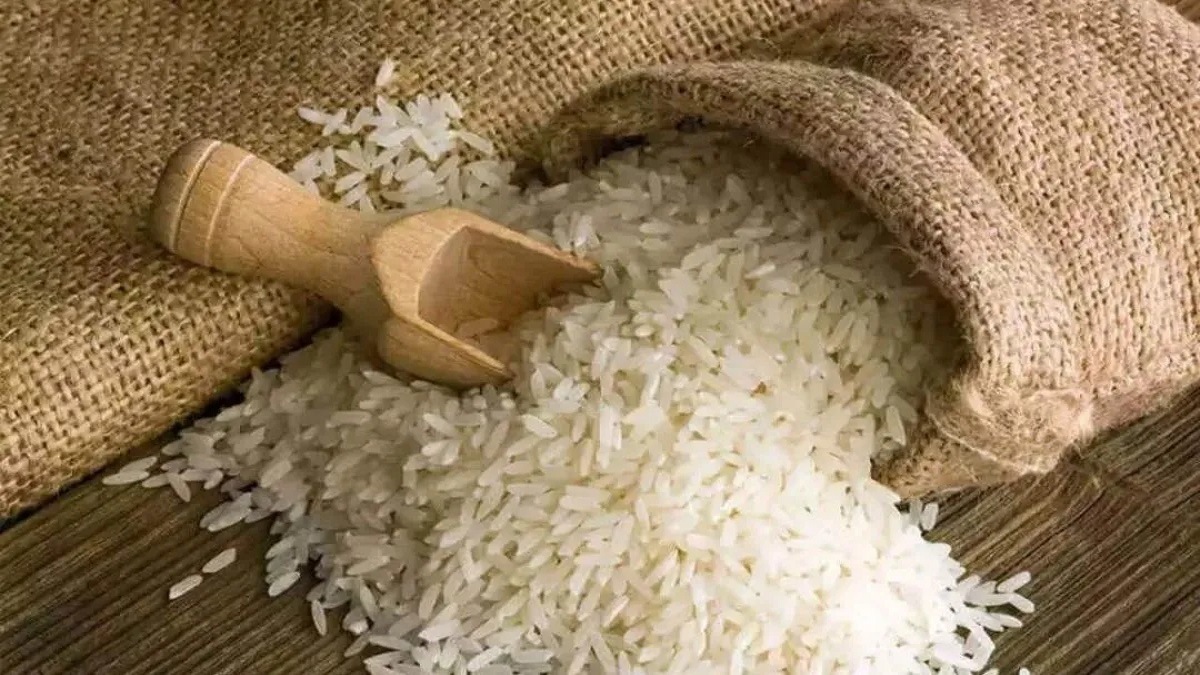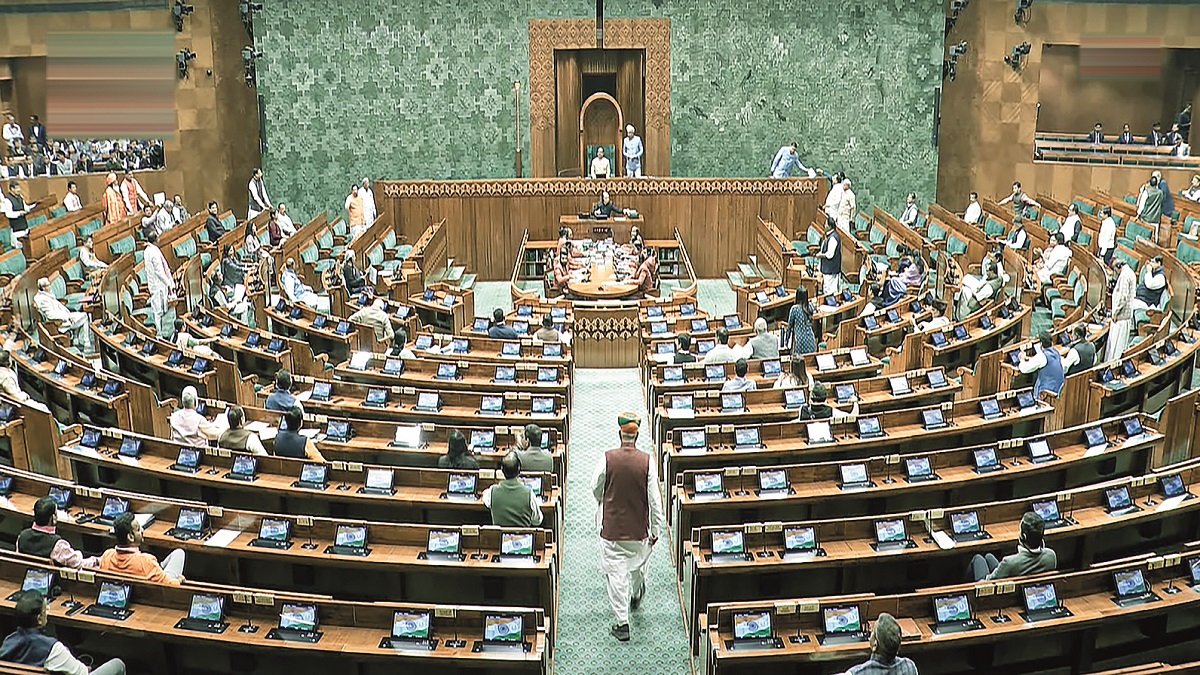Defence Minister Rajnath Singh inaugurated Aero India 2025, the 15th edition of India’s premier aerospace and defence exhibition, on February 10, 2025, at Yelahanka Air Force Station, Bengaluru. This five-day event, regarded as Asia’s largest in the sector, is a key platform showcasing India’s advancements in defence technology, aerospace innovations, and global collaborations.
What Makes Aero India 2025 the Largest Edition Yet?
The scale of Aero India 2025 is unprecedented, spanning 42,438 square meters with participation from 30 defence ministers, 43 military chiefs, and representatives from 90 countries. The exhibition features an extensive display of 70 fighter jets, transport aircraft, and trainer aircraft, along with 30 helicopters performing aerial maneuvers.
One of the major highlights is the presence of Russian and American fifth-generation stealth fighter jets, including the Russian Su-57 and Lockheed Martin’s F-35 Lightning II. Their participation signals India’s growing stature as a global defence and aerospace hub.
Another key attraction is the India Pavilion, which showcases over 275 cutting-edge defence exhibits. Notable innovations on display include the Advanced Medium Combat Aircraft (AMCA), Combat Air Teaming System (CATS), and Twin-Engine Deck-Based Fighter (TEDBF). Alongside, the iDEX Pavilion, dedicated to Indian defence startups, features indigenously developed advanced technologies, reinforcing India’s push for self-reliance in defence.
How is the Indian Government Supporting Defence Growth?
The Indian government has made a strong commitment to defence modernization. The Union Budget 2025-26 allocated ₹6.81 lakh crore to the Ministry of Defence, with ₹1.80 lakh crore set aside for capital acquisition. Importantly, 75% of this modernization budget is earmarked for domestic procurement, strengthening the Indian defence ecosystem.
Rajnath Singh also emphasized public-private collaboration in boosting India’s defence manufacturing capabilities. A notable example is the Tata Advanced Systems Limited-Airbus joint venture for manufacturing C-295 transport aircraft in Gujarat. Such initiatives highlight the growing synergy between the government, private companies, and international defence firms.
How is India’s Defence Industry Growing in Manufacturing and Exports?
India’s domestic defence production is set to exceed ₹1.25 trillion ($14.24 billion) by March 2025, a major boost to its Make in India initiative. This growth is driven by indigenous production of advanced fighter jets, missiles, drones, and defence systems.
On the export front, India’s defence exports are expected to cross ₹210 billion, setting a new record. The Indian government has been aggressively promoting defence exports, securing deals with countries in Southeast Asia, the Middle East, and Africa.
Aero India’s Journey from 1996 to 2025
Since its launch in 1996, Aero India has grown into one of the world’s most significant aerospace exhibitions. The 2023 edition recorded over seven lakh visitors, representatives from 98 countries, and 809 exhibitors, resulting in over ₹75,000 crore in MoUs and technology transfers. The 2025 edition aims to exceed these milestones, reinforcing India’s strategic position in global aerospace and defence.
Aero India 2025 is not just about showcasing military strength; it represents India’s ambitions to become a global defence hub, attract foreign investments, and strengthen international defence collaborations. The event reflects India’s vision for self-reliance, technological innovation, and strategic global partnerships in the aerospace sector.
Summary of the news
| Key Points | Details |
|---|---|
| Why in News? | Defence Minister Rajnath Singh inaugurated Aero India 2025 on February 10, 2025, at Yelahanka Air Force Station, Bengaluru. It is Asia’s largest aerospace and defence expo, featuring 70 aircraft, including Su-57 (Russia) & F-35 (USA), with participation from 90 countries. India’s defence exports to exceed ₹210 billion, and the Union Budget 2025-26 allocated ₹6.81 lakh crore for defence, with ₹1.80 lakh crore for modernization. |
| Event Location | Yelahanka Air Force Station, Bengaluru, Karnataka |
| Scale of Event | 42,438 sq. meters, attended by 30 defence ministers, 43 military chiefs, and 90 countries |
| Major Aircraft Displayed | Su-57 (Russia), F-35 Lightning II (USA), 70 fighter jets & cargo aircraft, 30 helicopters |
| Key Exhibitions | India Pavilion (275+ defence exhibits), iDEX Pavilion (Indigenous defence tech & startups) |
| Defence Budget 2025-26 | ₹6.81 lakh crore total, ₹1.80 lakh crore for capital acquisition, 75% reserved for domestic procurement |
| Defence Production Target | Expected to exceed ₹1.25 trillion ($14.24 billion) in FY 2025 |
| Defence Export Target | Expected to cross ₹210 billion for the first time |
| Public-Private Collaboration | Tata-Airbus C-295 aircraft production in Gujarat |
| Aero India First Edition | 1996 |
| Last Edition (2023) Highlights | 7 lakh visitors, 98 countries, 809 exhibitors, 250+ partnerships, ₹75,000 crore deals |
| Karnataka Static GK | CM: Siddaramaiah (as of 2025) Governor: Thaawarchand Gehlot Capital: Bengaluru |












